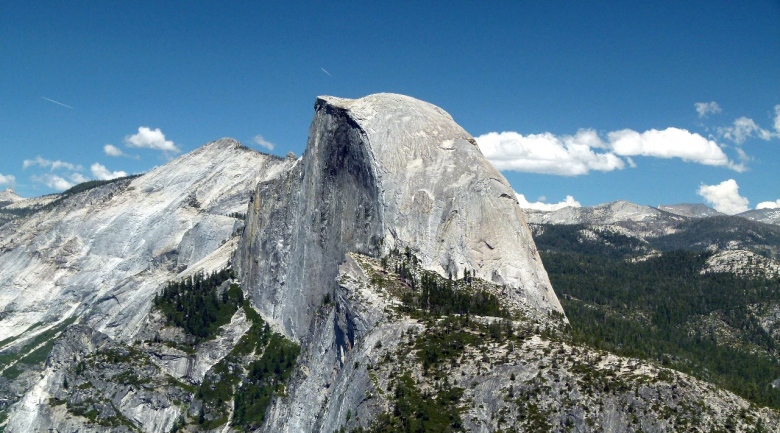
France uses about 80% nuclear energy for its electricity. The US has used about 16-24%. The US was on track to go to 80% nuclear energy but this was derailed with over-regulation. The spike in interest rates in the 1970s caused a problem but when interest rates went back down was when France built its nuclear reactors.
According to Australian National University researcher Peter Lang, the ’60s and ’70s saw a transition “from rapidly falling costs and accelerating deployment to rapidly rising costs and stalled deployment.” Had the initial trajectory continued, he writes in the journal Energies, nuclear-generated electricity would now be around 10 percent of its current cost.
Lang calculates that by 2015 it would have replaced all coal-burning and three-quarters of gas-fired electric power generation. Thus, over the past 30 years we could have substituted 186,000 terawatt-hours of electricity production, avoiding up to 174 gigatons of carbon dioxide emissions and 9.5 million air pollution deaths. Cumulative global carbon dioxide emissions would be about 18 percent lower, and annual global carbon dioxide emissions would be one-third less.
The Oyster Creek Nuclear Generating Station in New Jersey opened in 1969. It cost $594 million (in 2017 dollars) and took four years to build. America’s newest nuclear plant, at Watts Bar in Tennessee, opened in 2016. It cost $7 billion and took more than 10 years to complete.
Rational policy revision could enable safe nuclear reactors, lower costs and faster displacement of fossil fuels.
China has modern safety practices for its nuclear reactors but their costs are three times lower than the USA and Europe.
